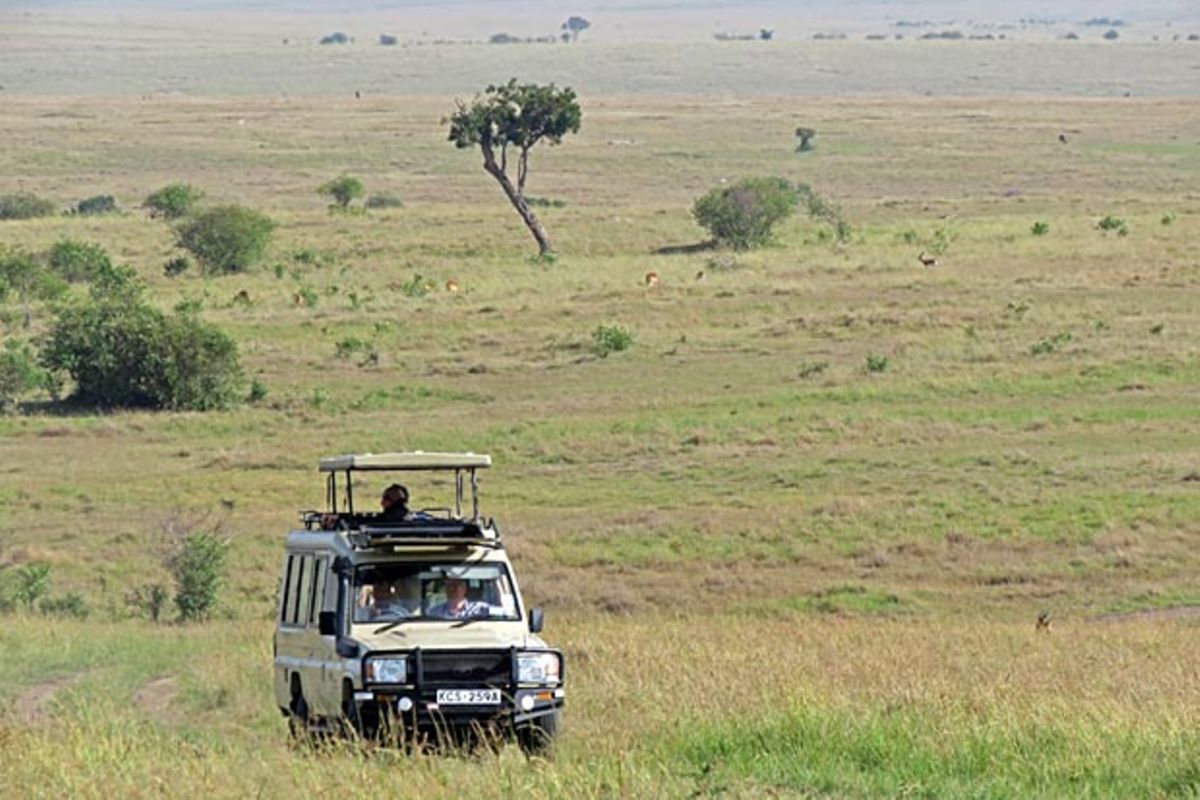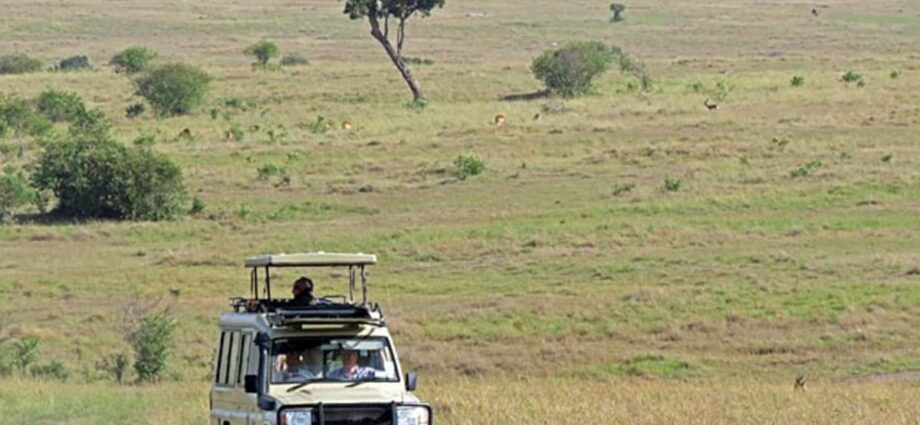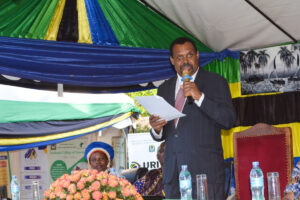
Tanzania has lowered park fees for East African citizens to attract more tourists from neighbouring countries.
According to latest programme by the Ministry of Natural Resources and Tourism, Tanzania is targeting visitors from the East African Community (EAC) member states to visit wildlife parks, historical sites, and adult EAC citizens will now pay Sh10,000 ($ 4.2), the same fee adult Tanzanians will also be charged.
Dr Pindi Chana, the minister for Natural Resources and Tourism, said the Tanzanian government will also focus on meetings and conference visitors through exhibitions, conferences and other tours.
But it is the decision on fees that could be more useful. Visitors from neighbouring countries had often complained of being charged more while Tanzanians are charged under EAC terms when visiting the neighbouring countries.
Tanzania had also refused to join the one tourism visa programme by Kenya, Uganda and Rwanda which allowed a visitor to tour the three countries with just one visa issued by either of the three.
Dr Chana said lowering fees and providing hosting incentives for conferences will help attract five million tourists worth $6 billion, the target set for 2025 under the Five Year Tourism Development Plan now under implementation.
Travel restrictions
The initial step is to work with EAC Secretariat in Arusha to harmonise travel restrictions and movements of people within the EAC bloc under the umbrella of the East African Tourism Platform (EATF).
Under the EATF, Tanzania joins others in the EAC bloc to form a single tourist destination for its regional citizens without restrictions at border entry points and harmonised fees to access tourist areas, mostly the wildlife parks and heritage sites.
The country has also introduced electronic visas (eVisa) for foreign tourists entering Tanzania.
The government is also targeting to raise the number of air transport passengers from the current 2.94 million to 3.09 million next year, the Tanzania Airports Authority (TAA) said.
TAA is currently attracting international flights, taking an advantage of the increase of tourism after the launching of the Royal Tour documentary USA) in mid-April.
The African Tourism Board has been advocating for open African skies accompanied by strong African airlines, with code shares, joint ventures and other partnerships.













